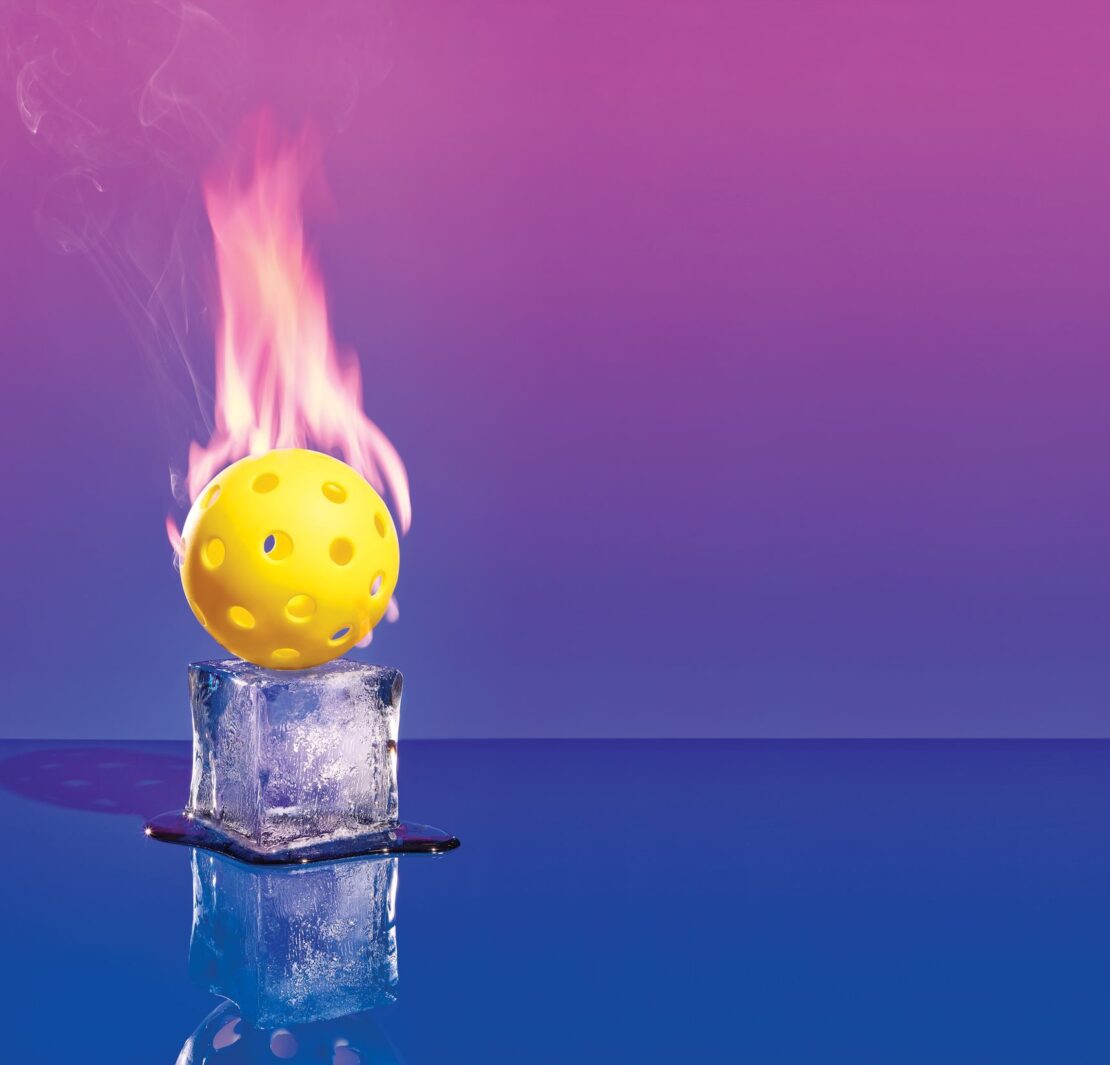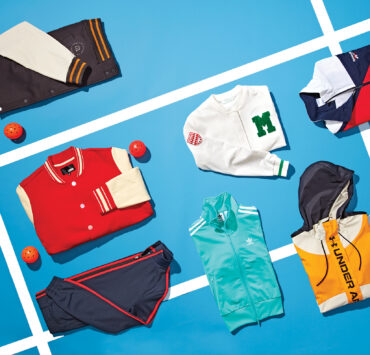Hot + Cold = Healing Power
- Alternating exposure to heat and iciness can help you recover better post-pickleball and become stronger for your next game, research shows. Here’s how to take the plunge.

PHOTOGRAPH BY THE VOORHES
Previous Article
Next Article


